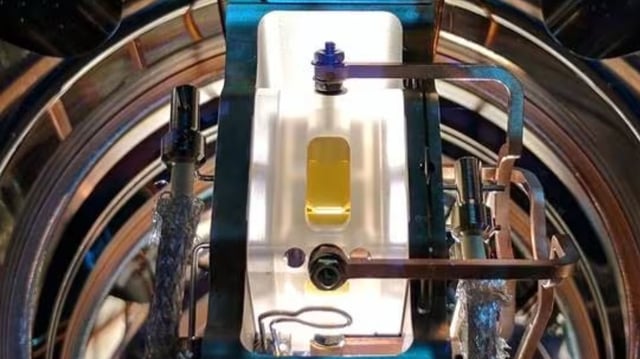Overview
- For the first time, scientists have used quantum computing to simulate real-time chemical dynamics in molecules exposed to light, marking a major milestone in quantum chemistry.
- The study employed a single trapped-ion analog quantum simulator, achieving simulations with unprecedented resource efficiency compared to traditional digital methods.
- This method captures ultrafast electronic and vibrational changes in molecules, processes that classical computers struggle to model accurately or efficiently.
- Applications of this breakthrough include advancing cancer research, designing better sunscreens, understanding DNA damage from UV, and improving solar energy technologies.
- The findings, published in the Journal of the American Chemical Society, lay the foundation for scaling quantum simulations to more complex molecular systems.


